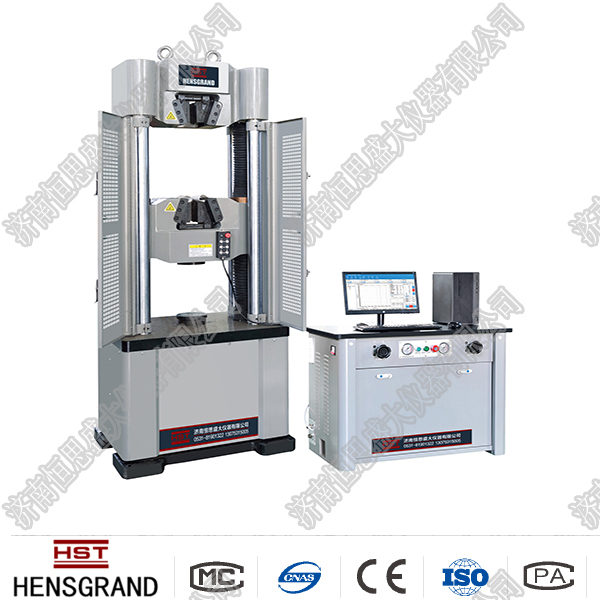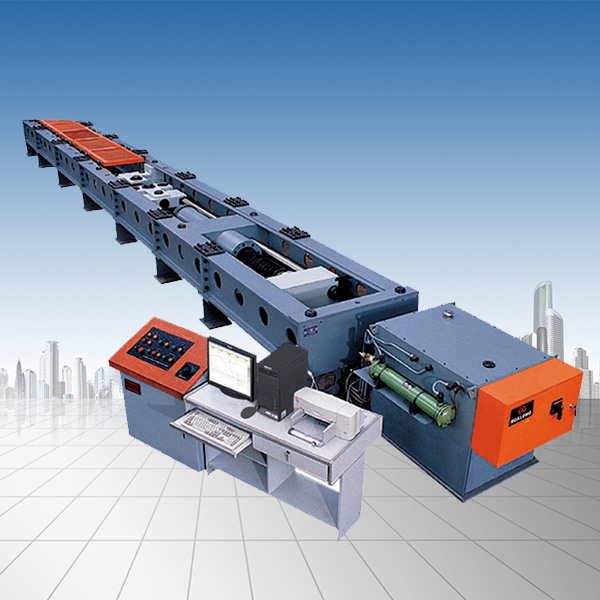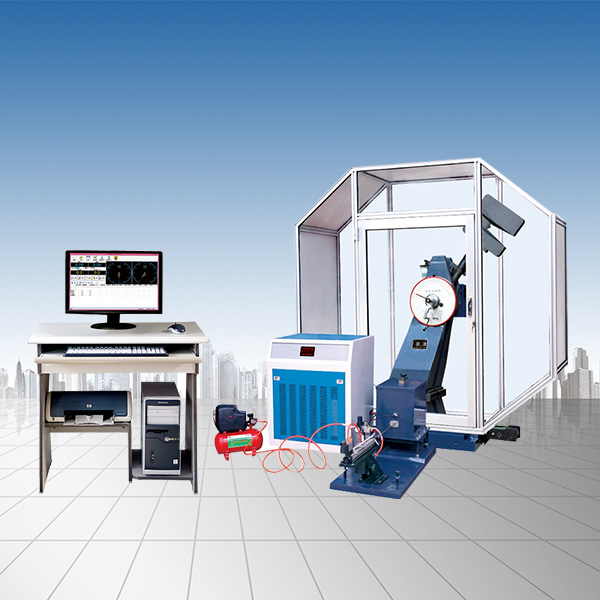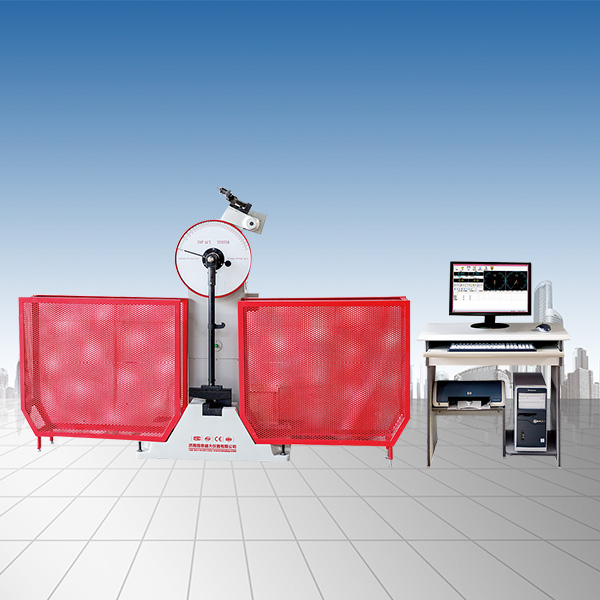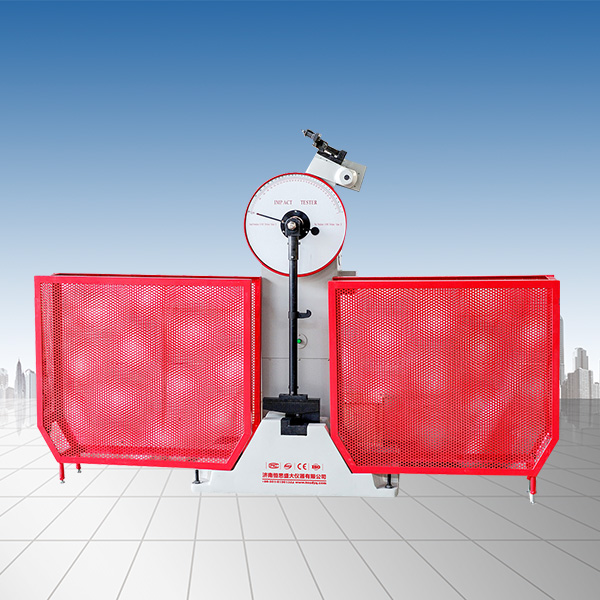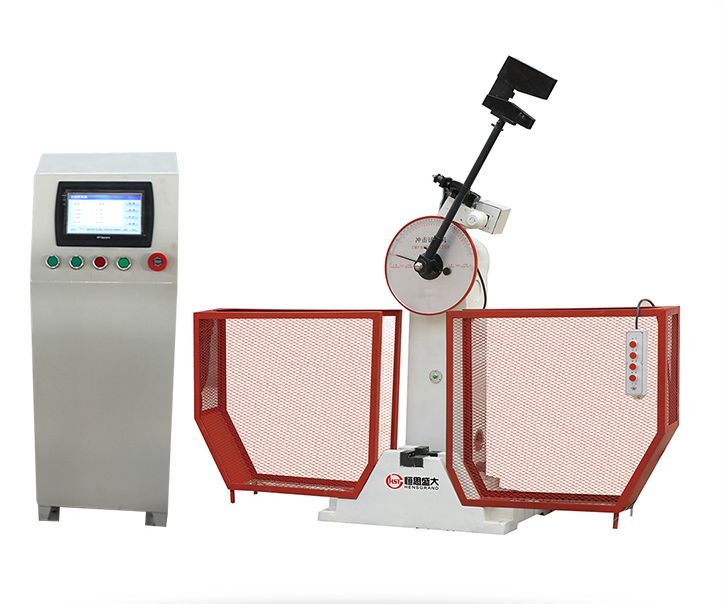Company News
How to understand tensile testing machine fixtures
Release time:2018-11-23 source:Jinan Hengsi Shanda Instrument Co., Ltd. Browse:
In the field of test machine equipment, domestic engineers have introduced advanced foreign technologies and manufactured a new generation ofTesting machineFixture, that is, flat push hydraulic fixture. This is an active clamp, and its clamping force has nothing to do with the test force. It has a separate hydraulic system, and the clamping force acts directly on the sample, and the force is very large, which may be equivalent to or even exceed it. At this time, during the entire test process, no matter how large the test force is, the clamping force will always clamp the sample tightly. When the sample breaks, the force will not disappear, so there will be no obvious vibration and sound when it breaks. Judging from the situation we used, this fixture basically does not cause slippage of the sample and is quite stable throughout the test.
Tension testerThe clamp is an accessory that various laboratories are very concerned about. Most of the time in China now use wedge-shaped clamps. This type of clamp is a passive clamp. Its clamping effect is related to the test force and the state of the clamping block. The greater the test force, the greater the clamping force. However, when the test force suddenly disappears (i.e., the sample breaks), the clamping force suddenly disappears, and the clamping phenomenon will suddenly loosen. At this time, due to the inertia of the original force, the clamping will have an impact, resulting in serious vibration and sound.
The wedge-type clamp is divided into manual clamping and hydraulic clamping. The hydraulic pressure only pushes the wedge-type clamp up from the bottom to the clamping sample. After that, the clamping of the clamp is still related to the test force. It only turns the original manual clamping force into hydraulic pressure, making the tester relatively relaxed.
- Previous article:Explanation of three major features of electromagnetic resonance test machine
- Next article:Principle of drop test of Hengsi packaging
Recommended productsPRODUCTS


















